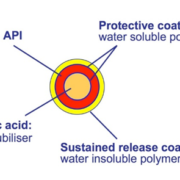Tartaric acid starter pellets as pH-modifier for basic drugs
Introduction
We will introduce tartaric acid starter pellets as pH-modifier for basic drugs. Tartaric acid is widely used in food products, oral, topical and parenteral pharmaceutical formulations and is generally regarded as a nontoxic and nonirritant material.
In general, tartaric acid is also used in beverages, confectionary, food products and pharmaceutical formulations as an acidulant, as a sequestering agent, as an antioxidant synergist, in pharmaceutical formulations with bicarbonates, as the acid component of effervescent granules, powders and tablets.
Advantages for weakly basic drugs
Weakly basic drugs – such as Verapamil HCL, Propiverine HCL, Papaverine, Dipyridamole or Dabigratran – demonstrate higher solubility at lower pH, thus often leading to faster drug release at lower pH.
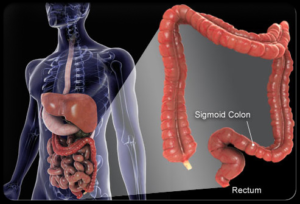
Figure 1: Low pH in stomach: good solubility of weakly basic drugs. Higher pH in colon: low solubility of weakly basic drugs.
Thereby, the location of lower pH is not urgently the location of desired drug release (Figure 1).
In extended release formulations it can be of interest to achieve a pH-independent release of the weakly basic drug. A solution can be to integrate a pH-modifier such as tartaric acid pellets (TAP®) in the formulation (Figure 2).
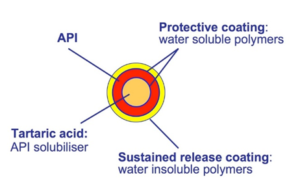
Figure 2: Formulation of weakly basic drugs based on a tartaric acid starter pellets.
pH-modifier in formulations
The effect of a pH-modifier could also be reached by using original forms of acids such as crystals. Nevertheless, the particles are not spherical and usually do not offer a desired particle size distribution. This leads to the necessity of sub-coatings to achieve desired shape and size of the starter core.
Tartaric acid pellets (TAP) can therefore be seen as ready-made spherical particles with defined particle size and shape (Figure 3 and Figure 4). As they consist of 100% pelletized tartaric acid (Ph. Eur., USP/NF, JP), there is no demand of binders. A cross section of a TAP® is shown in Figure 5.
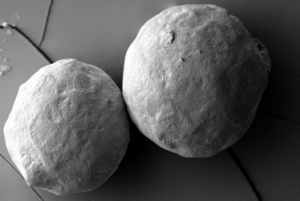
Figure 3: Electron microscopic image of a tartaric acid pellet (TAP® 700, ingredientpharm). Magnification: 85x, voltage: 2 keV, working distance: 7.0 mm.
Monodisperse pellets for improved drug release
In controlled release formulation, unique size distributions such as high level of monodispersity are requested for subsequent layering and coating technologies. Therefore, TAPs® are available in different sizes as displayed in Table 1.
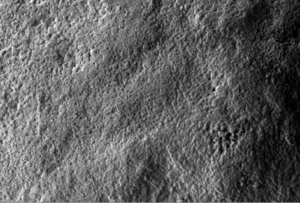
Figure 4: Electron microscopic image of a tartaric acid pellet surface (TAP® 700, ingredientpharm). Magnification: 500x, voltage: 2 keV, working distance: 9.0 mm.

Figure 5: Cross section electron microscopic image of a tartaric acid pellet (TAP® 700, ingredientpharm). Magnification: 200x, voltage: 2 keV, working distance: 7.5 mm.
| TAP® type | pellet size [µm] |
| TAP® 200 | 100-350 |
| TAP® 400 | 300-500 |
| TAP® 425-500 | 425-500 |
| TAP® 500 | 400-600 |
| TAP® 600 | 500-700 |
| TAP® 700 | 600-800 |
Table 1: Standard types and sizes of tartaric pellets.
Summary
Tartaric acid pellets are functional starter pellets which interact as pH-modifier for weakly basic drugs. Thanks to their monodispersity, sphericity and surface smoothness controlled drug release formulations by pellet technologies are easily accessible.
Acknowledgement
Electron microscopic images have been performed at Fraunhofer IFAM, Germany.
Authors
Dr. Bastian Arlt

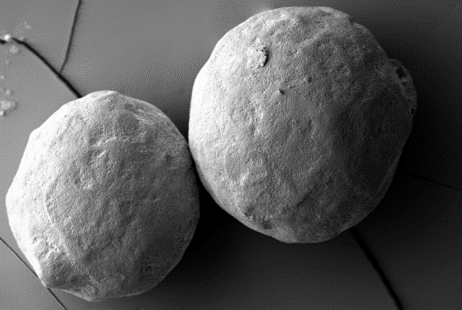 ingredientpharm
ingredientpharm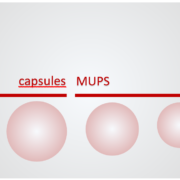 ingredientpharm
ingredientpharm